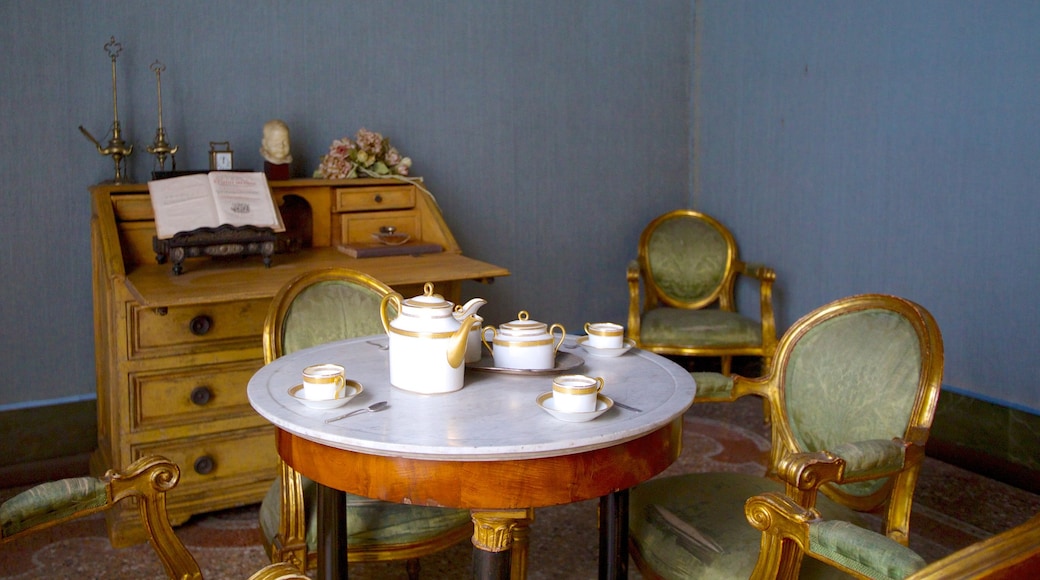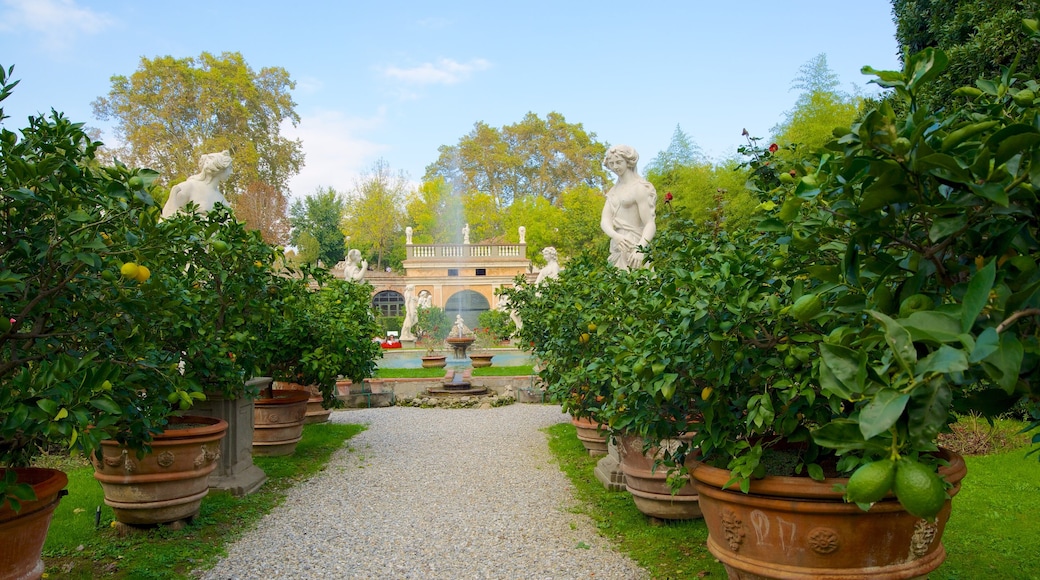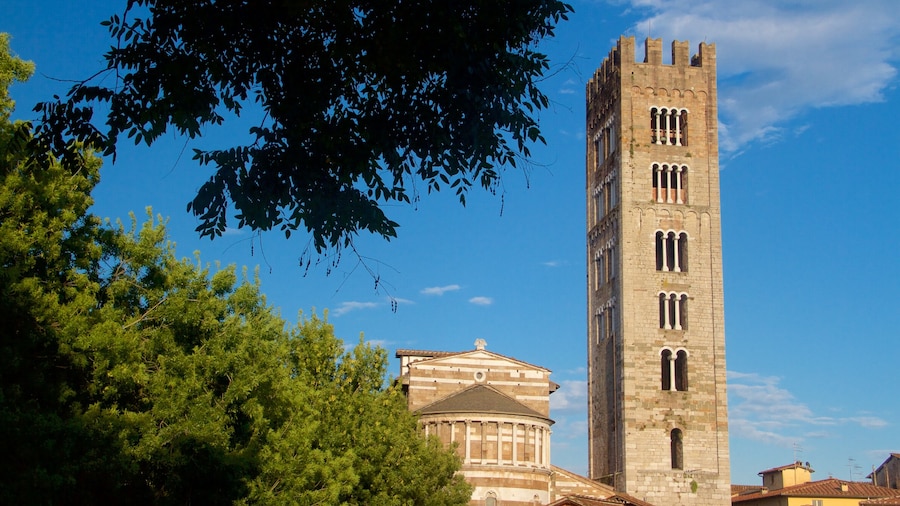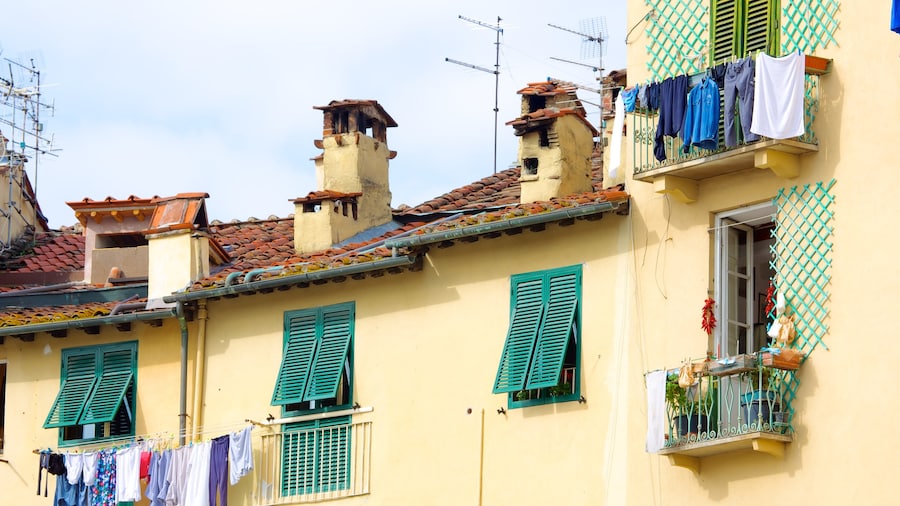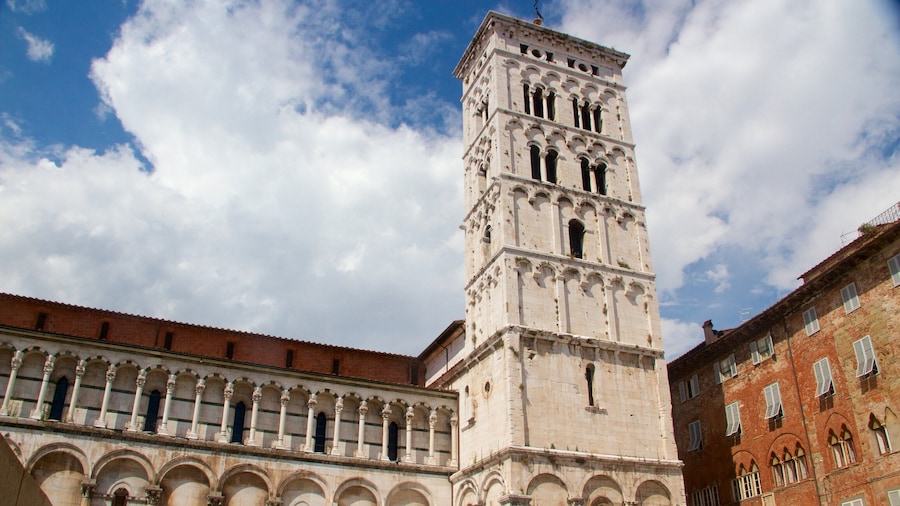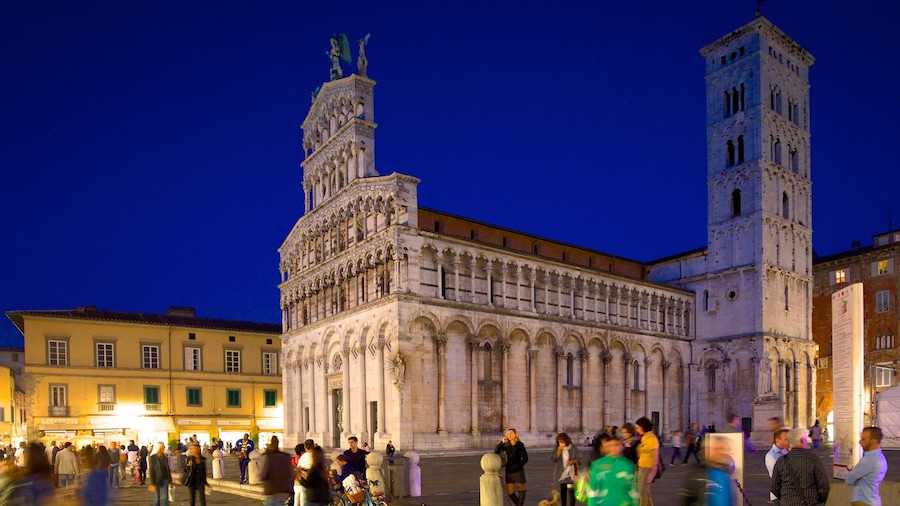The Palazzo Pfanner is a 17th-century palace known for its murals, walled garden and concerts of classical music. The elegant structure, which was initially built for the affluent Moriconi family in the 1660s, is ornate with baroque fittings and decorations. Over the centuries, it changed hands many times before the Pfanner family, who remain the owners today, purchased it in 1856.
As you enter the palace, you will find yourself in the large reception hall. Note the stunning frescoes that date back to the turn of the 18th century. Stroll from room to room to admire the furniture and fittings from another time. See the canopy bed where Prince Frederick of Denmark and Norway slept during a brief stint at the palace in 1692. Marvel at the lavish 19th-century table settings in the main dining room.
Learn about the practice of medicine in the late 1800s with a tour of the palace’s permanent exhibition on medical manuscripts and surgical equipment. These were the property of Pietro Pfanner, who was a surgeon and the city’s mayor from 1920 to 1922. Gaze at all manner of early equipment, from amputation utensils to early blood pressure gauges and even samples of extracted body parts of 19th-century patients.
The most visited part of the palace is the formal Italian garden. Relax in the scenic and tranquil ambience. See Mediterranean plants, water features, sculptures, terraces and well-kept lawns. Consider the people who once occupied this house as you sit among statues of Roman and Greek gods by the octagonal fountain. Note the refreshing aroma of lemons from the trees.
Several films, such as The Portrait of a Lady, used these grounds as a setting. There are also many classical music concerts here in the autumn season.
You can easily travel on foot to Palazzo Pfanner from Piazza San Frediano and Via Fillungo nearby. The site is open from March to mid-November. There are separate entrance fees for the palace and its gardens.
